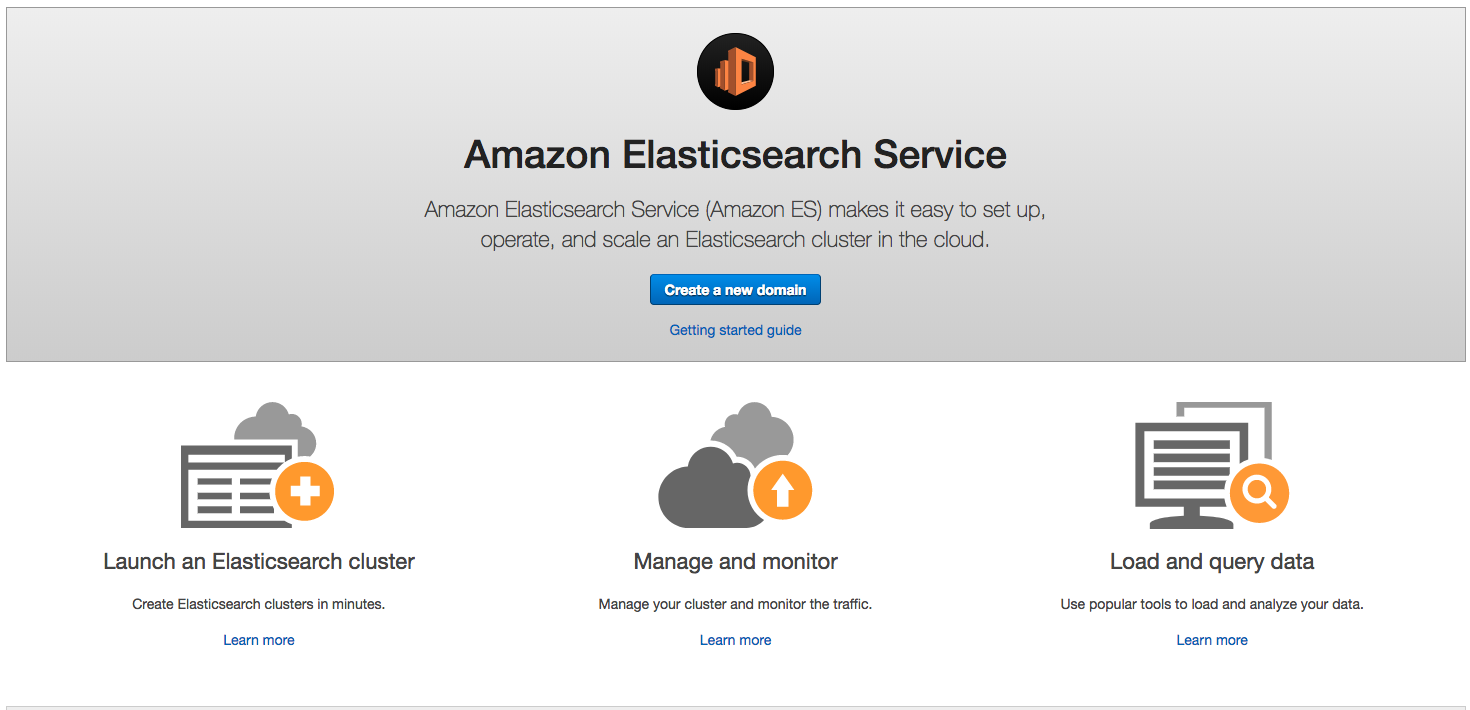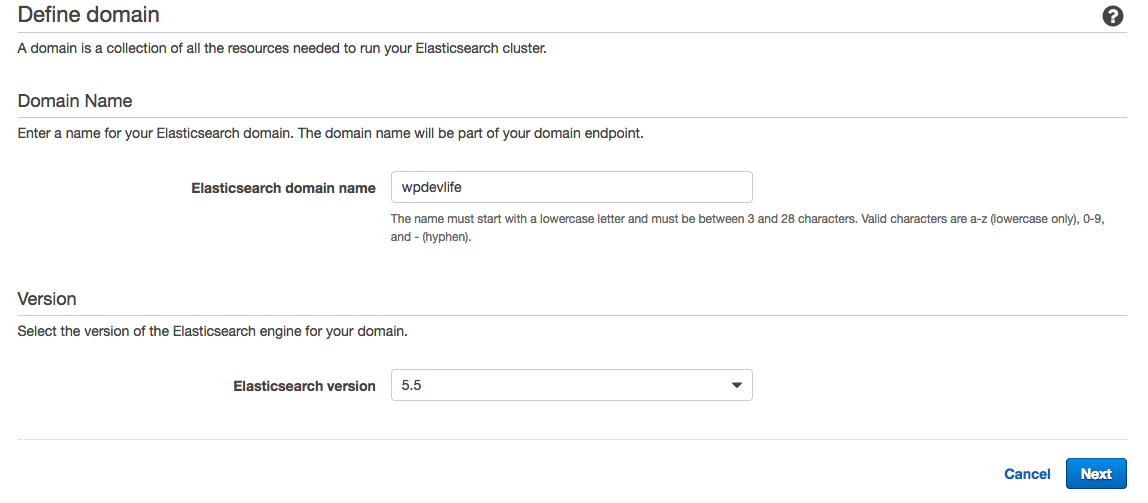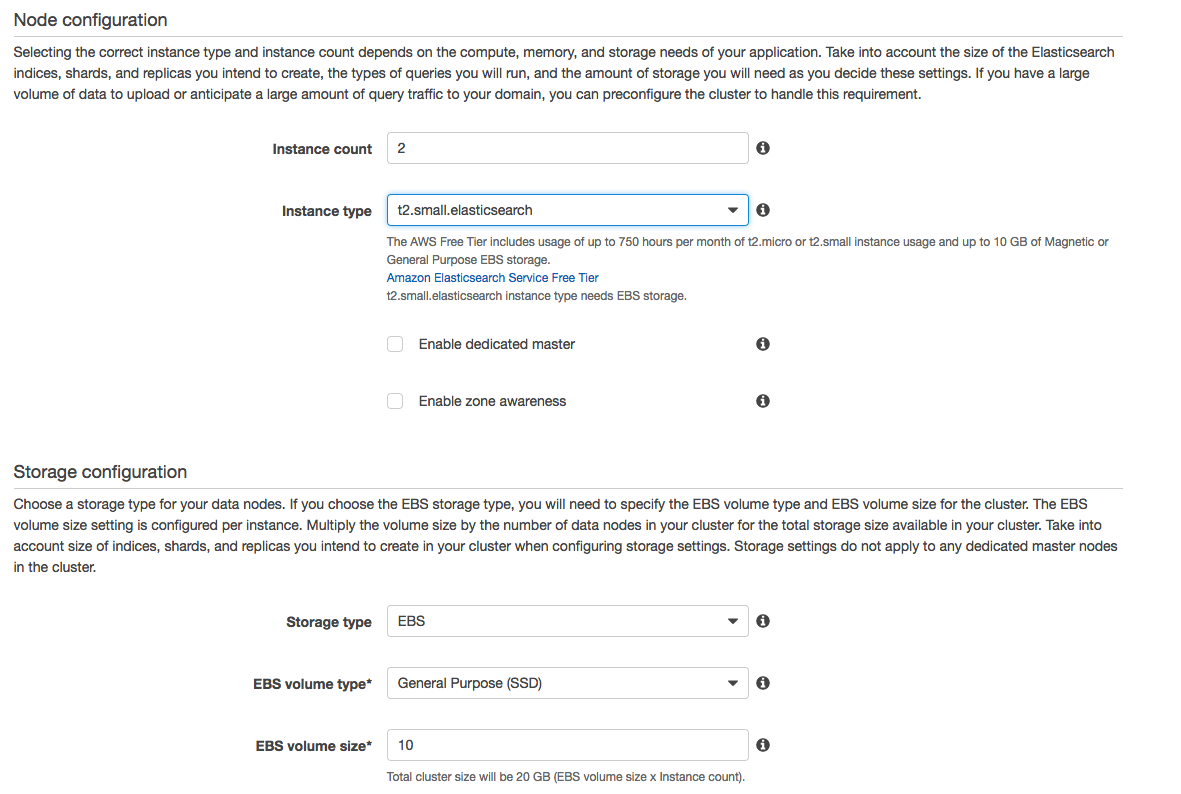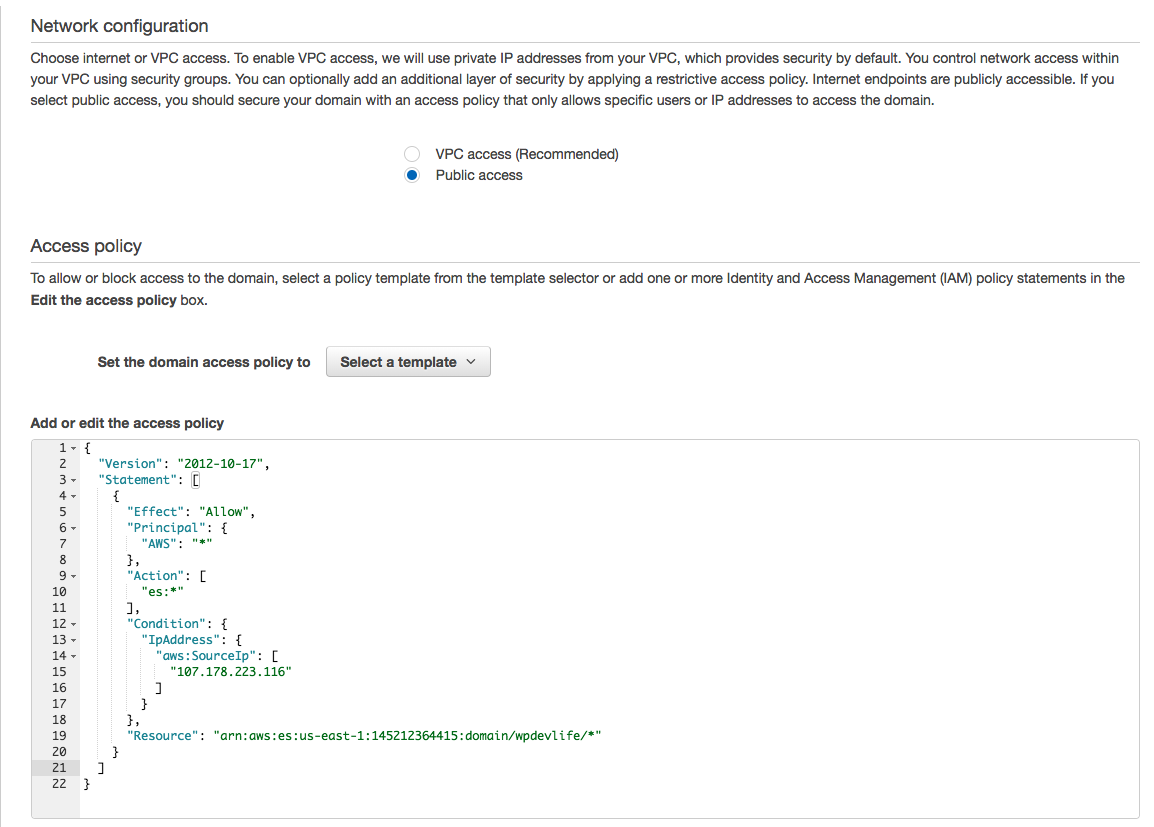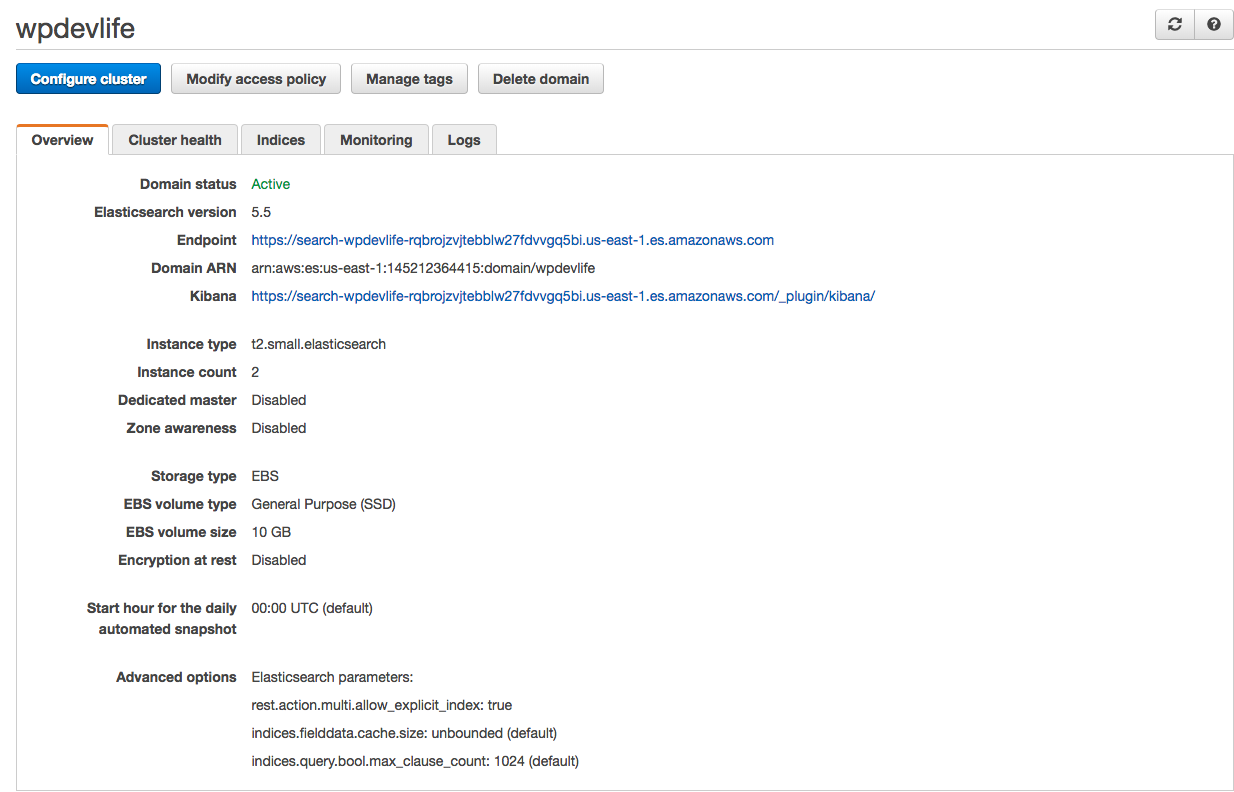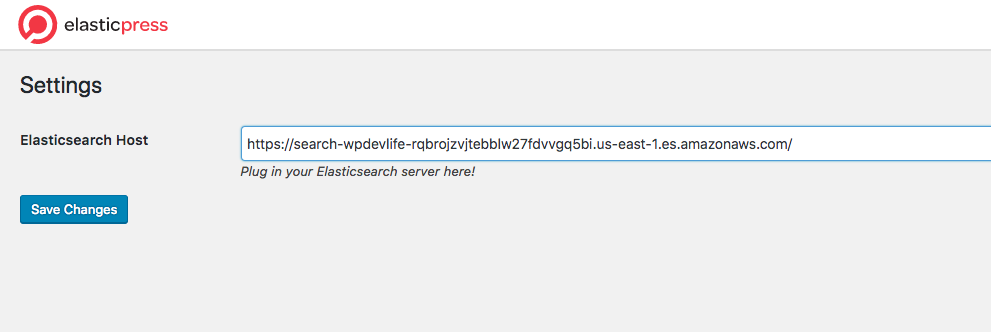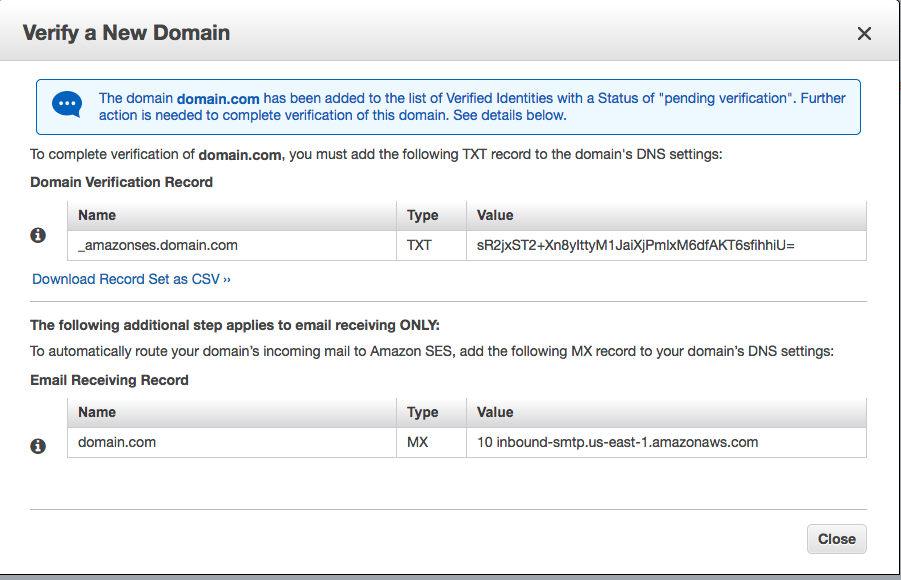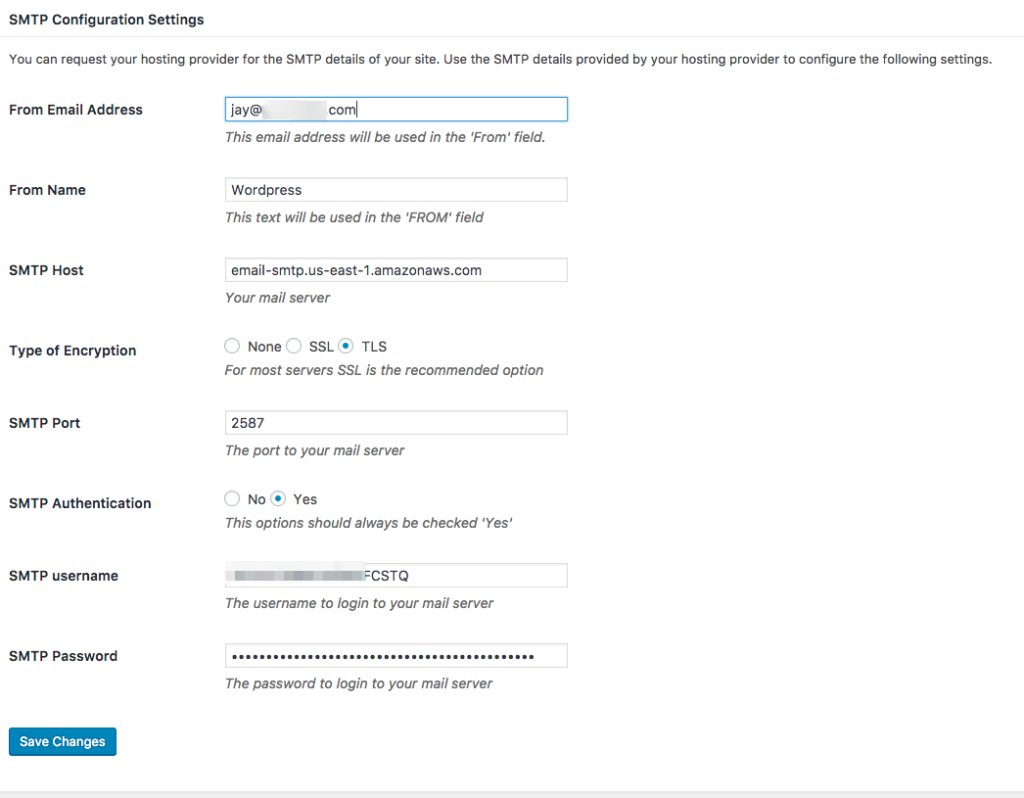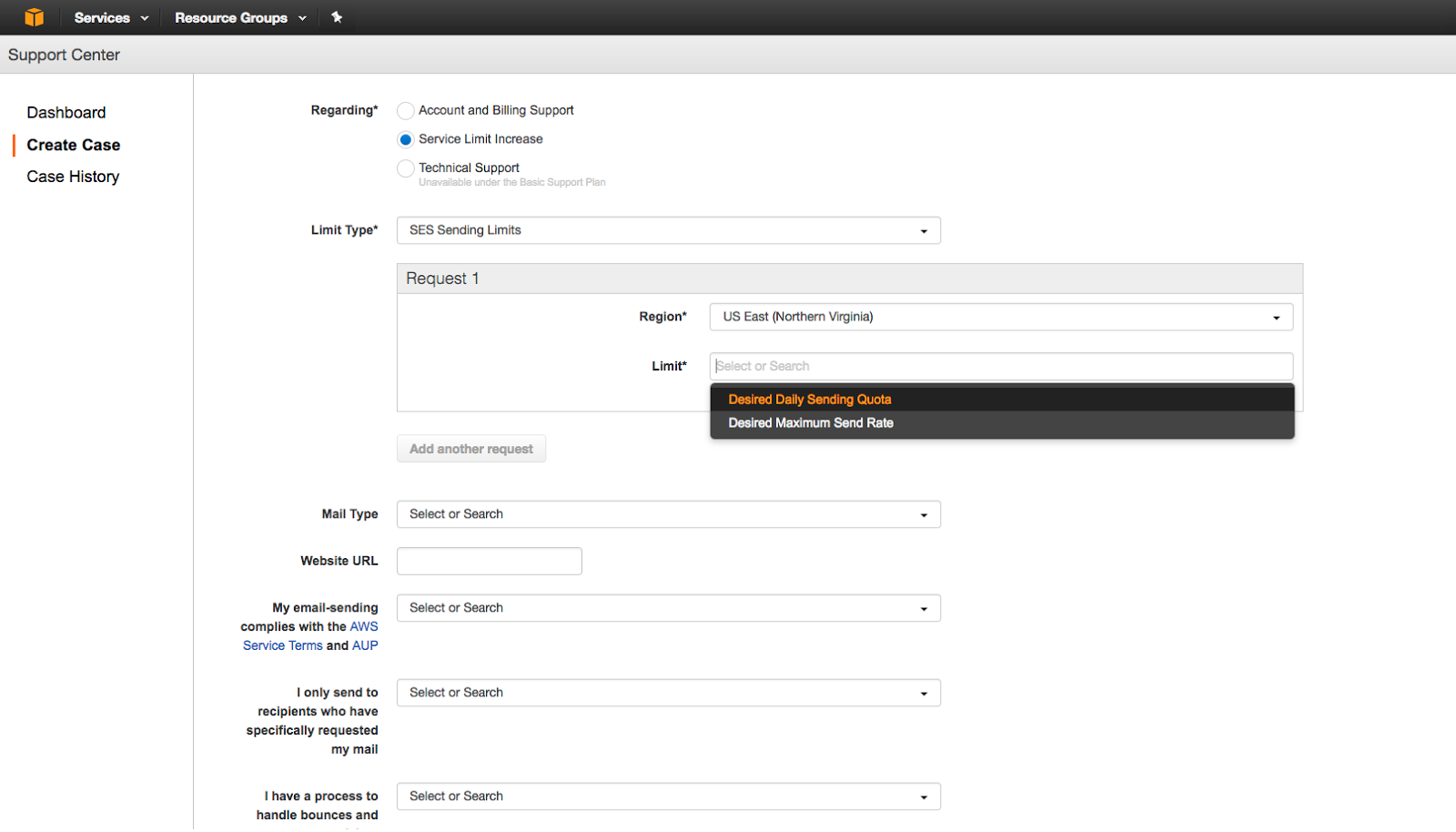Today I was working with a custom genesis theme that a customer had created for one of his clients, but none of his icons were showing. There was only a square box. This was pretty perplexing to me. Everything in the code looked correct. Icons were being called properly, and the CSS files were properly enqueued, and showing in the browser. The issue turned out to be a change that Font Awesome made in version 5.
Previously whenever utilizing an icon, the class would be something like class=”fa fa-instagram”. This is how the icons were being called in the theme code I was looking at and from everything I knew it was right. I checked the encoding of the database and created a new child theme. I even went so far as to not enqueue via WordPress and use the dirty @import statement. I downloaded the files locally and installed them on the site. Nothing I attempted was getting the icons to display. Only version 4 of Font Awesome worked. I was dead set on getting this resolved.
I decided to go to the WordPress.org plugin support forum for the Better Font Awesome plugin to see if there were other reported issues for the latest font. The issue turned out to be related to the different styles of icons that Font Awesome now provides.
Font Awesome allows for Solid, Regular, Light and Brand type of icons. Instead of using the fa class when loading the icons, you need to specify fas for solid, far for regular styling, and fal for light icons. If you’re going to be utilizing social media brands such as Instagram, Facebook, Youtube, etc. then you need to use the fab class. For example, if I wanted to load the Instagram icon, I would use <i class=”fab fa-instagram”></i> to load the icon. Any non brand icons are able to utilize the other three icon styles.
It is important to be aware of this change before updating any files that may be enqueuing Font Awesome version 4 to 5. At time of writing the latest version is 5.1.1. For a full list of icons, features, or to get Font Awesome Pro check out their website!
